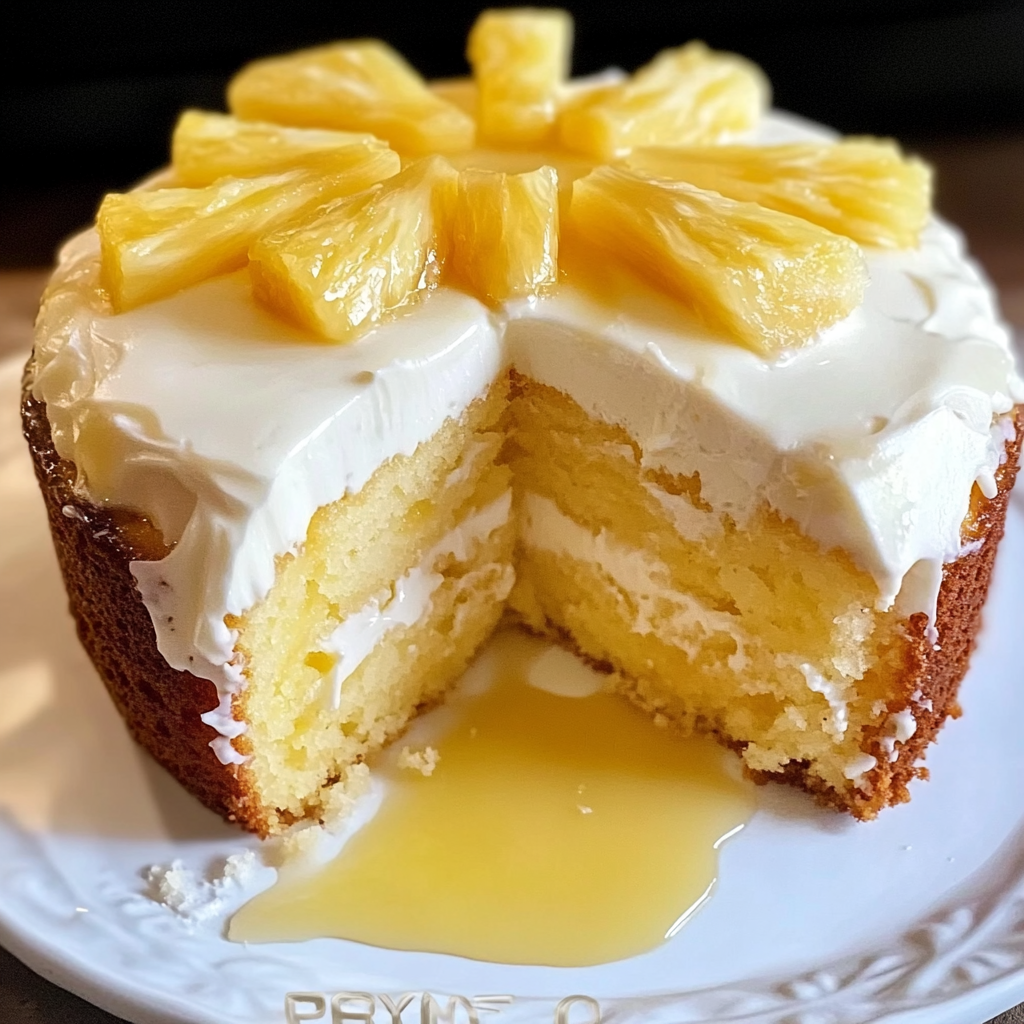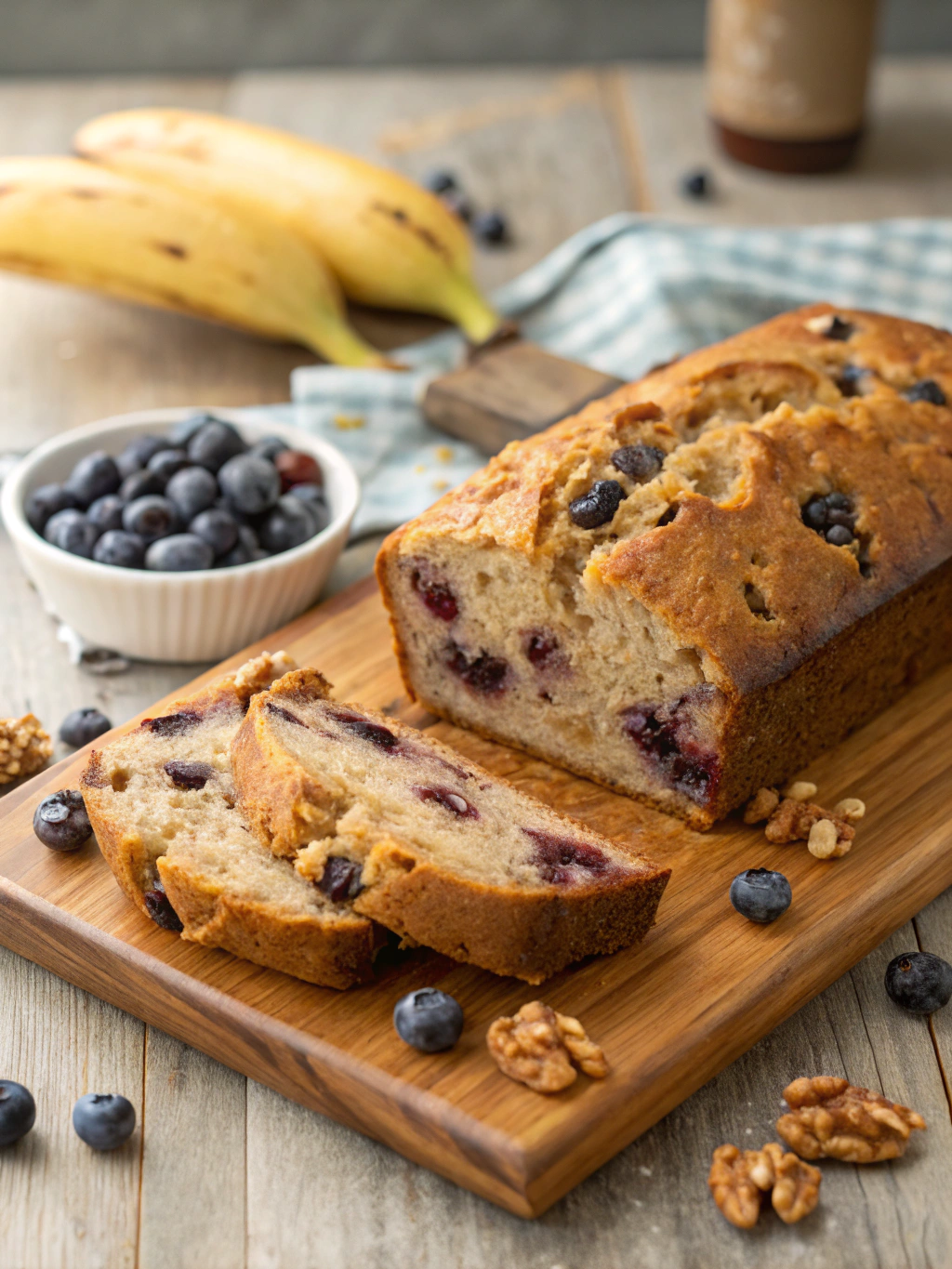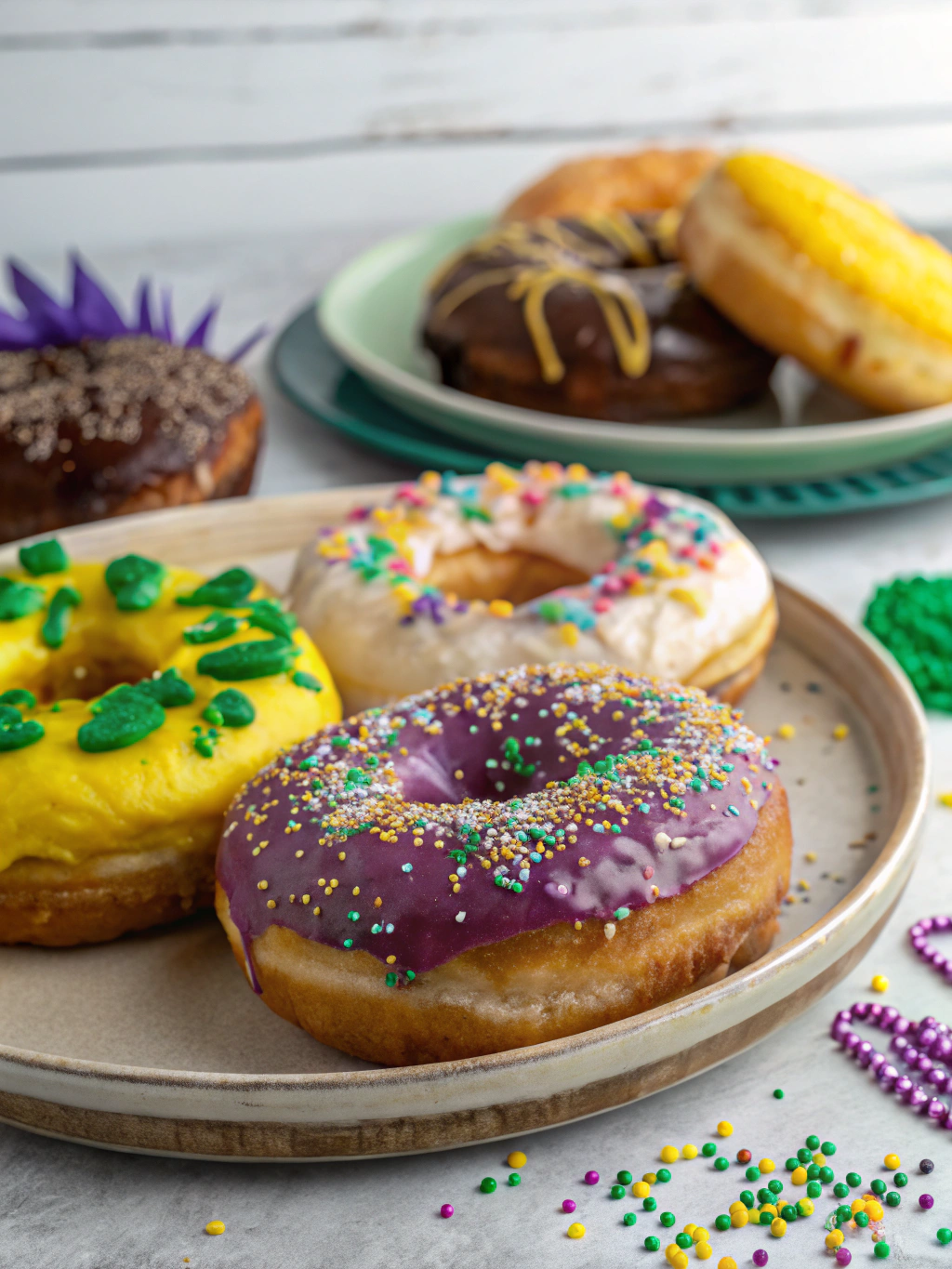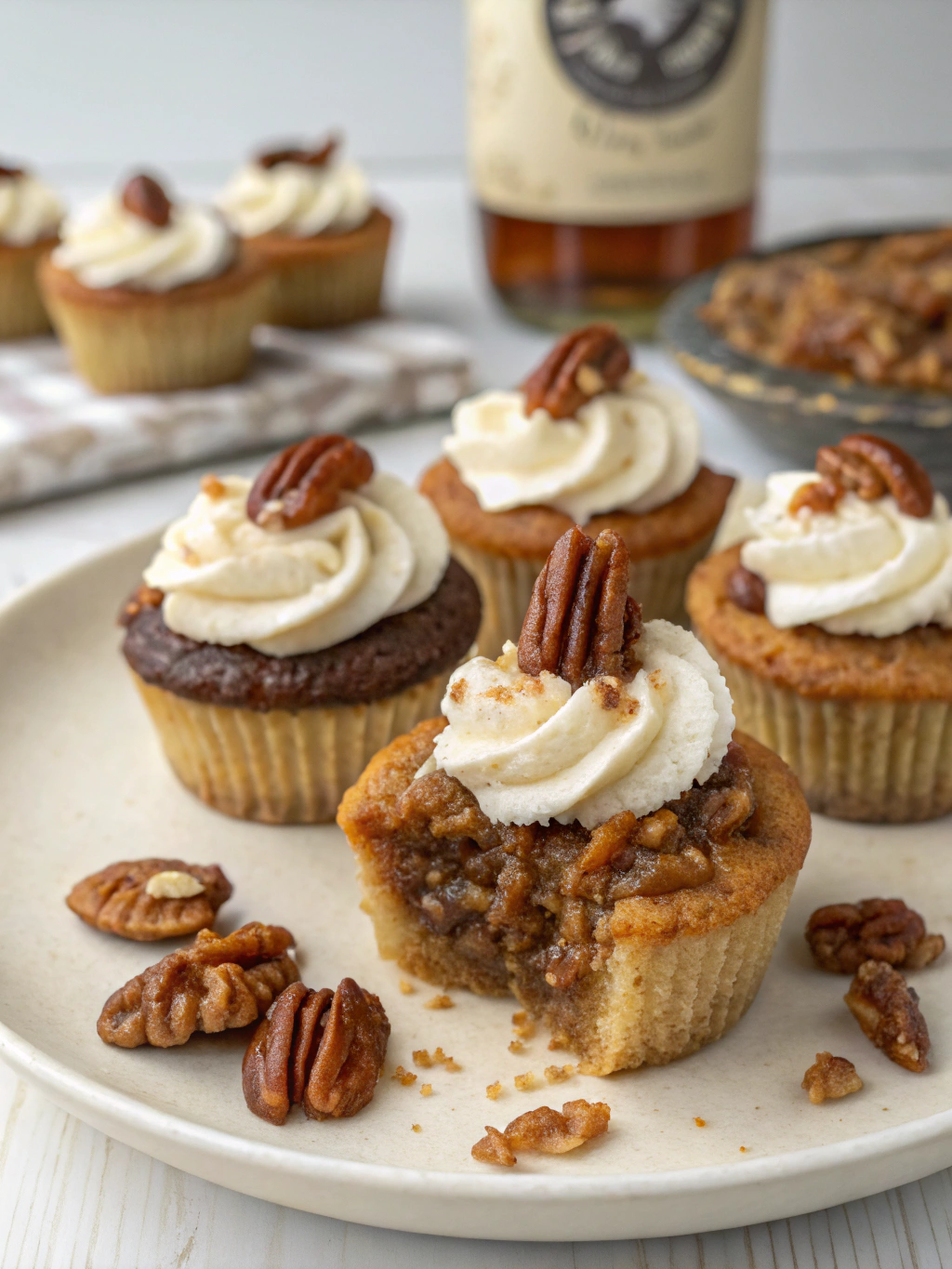Sharing is caring!
Pineapple Juice Cake
Why You’ll Love Pineapple Juice Cake?
Pineapple juice cake is a tropical delight that brings a burst of sunshine to any occasion. Its moist texture, tangy sweetness, and irresistible aroma make it a crowd-pleaser, whether you’re hosting a summer gathering or simply craving a comforting dessert. The natural acidity of pineapple juice keeps the cake tender while adding a refreshing twist to traditional recipes. Plus, it’s quick to prepare—ready in just 45 minutes! If you love fruity desserts, you’ll adore how this cake balances rich flavor with a light finish. For more easy dessert ideas, check out our vegetable quiche recipe for a savory contrast.
Table of Contents
- Ingredients to make pineapple juice cake
- Time needed to make pineapple juice cake
- Quick Steps to Make Pineapple Juice Cake
- Is pineapple juice cake healthy and nutritious
- Can I make pineapple juice cake healthier and still delicious
- How to Serve Pineapple Juice Cake
- Avoid These Mistakes
- The best way to store leftover pineapple juice cake
- Ready to give pineapple juice cake a try
- Frequently Asked Questions
Ingredients to make pineapple juice cake
- 2 cups all-purpose flour
- 1 ½ cups granulated sugar
- 1 teaspoon baking soda
- ½ teaspoon salt
- 2 large eggs
- 1 cup pineapple juice (fresh or canned)
- ½ cup vegetable oil
- 1 teaspoon vanilla extract
- 1 cup crushed pineapple (drained)
- ½ cup chopped pecans or walnuts (optional)
For the glaze (optional):
- ½ cup powdered sugar
- 2 tablespoons pineapple juice
- ½ teaspoon vanilla extract
Time needed to make pineapple juice cake
This irresistible pineapple juice cake comes together in just 45 minutes from start to finish—perfect for when you need a quick dessert that doesn’t skimp on flavor. Here’s the breakdown:
- Prep Time: 15 minutes
- Bake Time: 30 minutes
- Total Time: 45 minutes
For those short on time, you can prep the batter ahead and bake it later—just store it covered in the fridge for up to 24 hours. If you love quick desserts, check out our vegetable quiche recipe for another speedy option.
Quick Steps to Make Pineapple Juice Cake
Step 1: Preheat and Prep
Preheat your oven to 350°F (175°C). Lightly grease a 9×13-inch baking pan or line it with parchment paper for easy removal.
Step 2: Mix Dry Ingredients
In a large bowl, whisk together 2 cups all-purpose flour, 1½ cups granulated sugar, 1 tsp baking soda, and a pinch of salt until well combined.
Step 3: Combine Wet Ingredients
In another bowl, beat 2 large eggs, then add 1 cup crushed pineapple (with juice), ½ cup vegetable oil, and 1 tsp vanilla extract. Mix until smooth.
Step 4: Blend Batter
Gradually fold the wet ingredients into the dry mixture. Stir just until incorporated—avoid overmixing to keep the cake tender.
Step 5: Bake to Perfection
Pour the batter into the prepared pan and bake for 30–35 minutes, or until a toothpick inserted in the center comes out clean.
Step 6: Glaze (Optional)
While warm, drizzle with a simple glaze made of 1 cup powdered sugar mixed with 2 tbsp pineapple juice for extra flavor. Let cool before slicing.
Pro Tip: For a tropical twist, top with toasted coconut or serve alongside a scoop of vanilla ice cream.
Is pineapple juice cake healthy and nutritious ?
Pineapple juice cake offers a unique blend of flavors while providing some nutritional benefits. The pineapple juice adds natural sweetness and a dose of vitamin C, which supports immune health. However, like most desserts, moderation is key due to its sugar content.
Here’s a quick nutritional breakdown per serving (based on a standard recipe):
- Calories: 280-320
- Carbohydrates: 45-50g
- Sugar: 30-35g
- Protein: 3-4g
- Fiber: 1-2g
For a lighter twist, consider pairing this cake with a fresh Mediterranean chickpea salad to balance the meal. If you’re looking for healthier dessert alternatives, vanilla bean whipped cream crepes offer a lower-sugar option.
Pineapple juice also contains bromelain, an enzyme that may aid digestion. For more nutrient-dense dessert ideas, check out this vegetable quiche recipe or explore pumpkin cheesecake for a seasonal twist with added fiber.
Can I make pineapple juice cake healthier and still delicious?
Absolutely! You can enjoy a lighter version of pineapple juice cake without sacrificing flavor. Here are some simple swaps to make this dessert healthier while keeping it moist and delicious.
Healthier Ingredient Substitutions:
- Whole wheat flour: Replace half of the all-purpose flour with whole wheat flour for added fiber. Check out our vegetable quiche recipe for more whole grain inspiration.
- Reduced sugar: Cut the sugar by 25% and let the natural sweetness of pineapple shine through. Learn more about balancing sweetness in desserts.
- Greek yogurt: Substitute half the oil with plain Greek yogurt for moisture with less fat. Our Mediterranean chickpea salad shows how versatile yogurt can be.
- Fresh pineapple: Use fresh pineapple juice instead of canned for fewer preservatives. See how fresh ingredients elevate flavors in other recipes too.
Bonus Health Tips:
- Add a handful of crushed walnuts or pecans for healthy fats and crunch
- Top with fresh pineapple chunks instead of sugary frosting
- Use coconut oil instead of vegetable oil for healthier fats
- Bake in mini loaf pans for better portion control
Remember, small changes can make a big difference in creating a healthier pineapple juice cake that still satisfies your sweet tooth!
How to Serve Pineapple Juice Cake?
Pineapple juice cake is a versatile dessert that pairs beautifully with a variety of toppings and accompaniments. For a tropical twist, serve it warm with a scoop of vanilla ice cream or a dollop of whipped cream. The contrast between the warm, moist cake and the cool, creamy topping is simply irresistible. If you prefer something lighter, try it with a drizzle of caramel or a sprinkle of toasted coconut flakes for extra texture.
For a brunch-friendly option, pair your pineapple juice cake with a refreshing fruit salad or a citrus-infused yogurt parfait. The bright flavors complement the cake’s sweetness perfectly. If you’re serving it at a party, consider cutting it into bite-sized squares and arranging them on a platter with fresh pineapple chunks and berries for a vibrant presentation. For more dessert inspiration, check out this pumpkin cheesecake recipe or these vanilla bean crepes.
Want to elevate your dessert spread? Try pairing this cake with a cup of spiced chai or a cold glass of iced tea. The subtle spices in the drink will enhance the pineapple’s natural sweetness. For a more indulgent experience, serve it alongside a savory quiche or a fresh Mediterranean salad to balance the flavors. Whether you’re hosting a gathering or enjoying a quiet treat, pineapple juice cake is sure to impress!
Avoid These Mistakes
Making pineapple juice cake seems simple, but a few missteps can affect its texture and flavor. Here’s what to watch out for:
Overmixing the Batter
Too much mixing leads to a dense, tough cake. Gently fold dry ingredients into wet ones until just combined. For more baking tips, check out our fluffy quiche guide.
Using Cold Ingredients
Cold eggs or pineapple juice won’t blend well, creating uneven batter. Let ingredients sit at room temperature for 30 minutes before baking. This slow-cooker rib recipe explains why temperature matters.
Skipping the Crushed Pineapple
Fresh or canned crushed pineapple adds moisture. Drain excess juice to prevent sogginess. Need texture tips? Our chickpea salad shares balancing tricks.
Overbaking
A toothpick test is key—remove the cake when crumbs cling lightly. Overbaked cake turns dry. For perfect timing, see this pumpkin cheesecake guide.
With these fixes, your pineapple juice cake stays moist and flavorful every time!
The best way to store leftover pineapple juice cake
To keep your pineapple juice cake fresh, store it in an airtight container at room temperature for up to 3 days. For longer storage, wrap slices tightly in plastic wrap and freeze for up to 3 months. When ready to enjoy, thaw overnight in the fridge or reheat individual slices in the microwave for 15-20 seconds. For more dessert storage tips, check out our guide on storing baked goods or learn about preserving moisture in cakes from expert bakers.
Ready to give pineapple juice cake a try?
If you’re looking for a dessert that’s bursting with tropical flavor and effortless to make, pineapple juice cake is the perfect choice. Whether you’re hosting a summer gathering or just craving something sweet, this recipe delivers moist, tender cake with a delightful pineapple twist. Plus, it’s ready in just 45 minutes—ideal for last-minute treats!
For more quick and delicious dessert ideas, check out our vegetable quiche recipe or explore refreshing sides like our Mediterranean chickpea salad. If you love fruity desserts, don’t miss our lemon butter salmon for a savory contrast, or browse our air-fryer sea bass for another quick meal option.
Happy baking—your taste buds will thank you!
Frequently Asked Questions
Can I use fresh pineapple instead of pineapple juice in pineapple juice cake?
Yes, you can blend fresh pineapple and strain it to get juice. However, store-bought pineapple juice ensures consistent flavor and sweetness.
How do I prevent my pineapple juice cake from becoming too dense?
Avoid overmixing the batter and ensure your baking powder is fresh. For a lighter texture, try our fluffy quiche techniques adapted for cakes.
Can I make pineapple juice cake gluten-free?
Absolutely! Substitute all-purpose flour with a 1:1 gluten-free blend. For best results, check out these gluten-free baking tips.
Why did my pineapple juice cake sink in the middle?
This usually happens when the cake isn’t fully baked or the oven temperature is too low. Use an oven thermometer to verify accuracy.
How long does pineapple juice cake stay fresh?
Properly stored in an airtight container, it stays moist for 3-4 days at room temperature. For longer storage, freeze using our freezing guide methods.
Can I add other fruits to pineapple juice cake?
Yes! Diced mango or crushed strawberries work well. For inspiration, see these fruit combination ideas.












